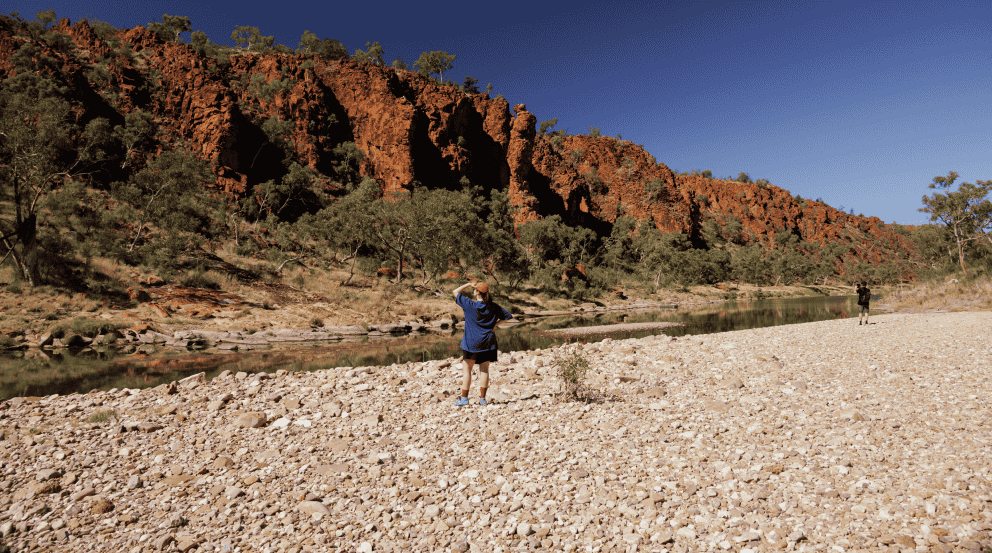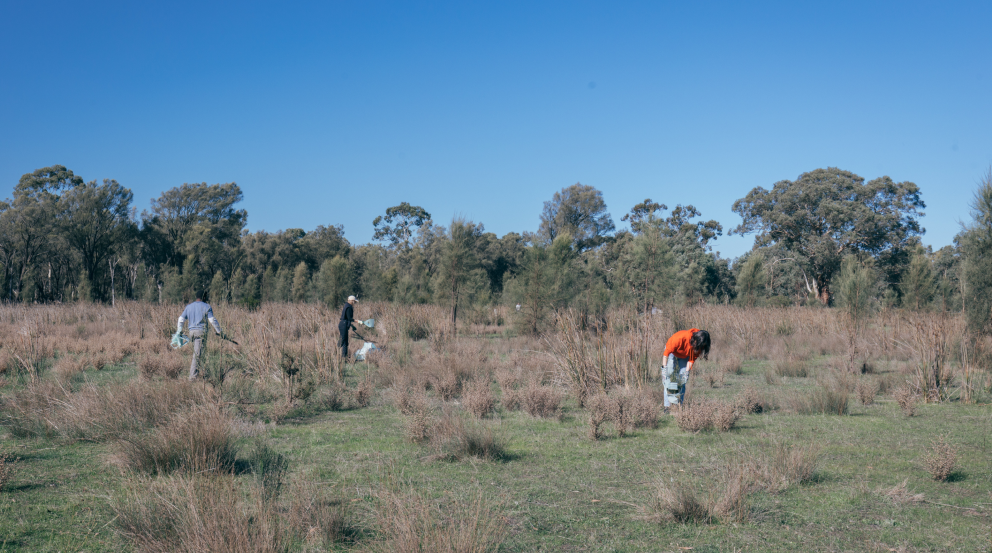Charys Caldarella wanted to make swimwear that wouldn’t cost the earth. Here’s how Styelle Swim went from being dismissed to one of Australia’s leading sustainable swimwear brands.
When Charys Caldarella, founder of Styelle Swim, first started talking about launching a sustainable swimwear brand back in 2016, people laughed. At the time, it just wasn’t a focus for consumers. “People told me no one cared about whether your brand is ethical or sustainable,” Charys recalls. “They said ‘All people care about is the price’.”
This didn’t sit right with Charys. After learning the importance of sustainability while studying at the world-renowned FBI Fashion College under Celyna Ziolkowski, one of Australia’s leading couture designers, Charys was convinced she could create affordable, quality swimwear that looked amazing and had much less of an impact on the planet.
The Styelle team got to work. They visited a production house in Thailand, where the prices were good but the conditions were appalling. Charys shook her head and said “Nope, this has to be done better.”
After meeting with a few swimwear production houses in Australia, none of which felt quite right, Charys found a company in Sao Paolo, Brazil. Today, this is where all of Styelle’s swimwear is made.
So what makes Styelle Swimwear different?

“We only do very small runs,” Charys explains. “When we have wholesale orders, we only produce exact quantities each season; we don’t overproduce. This is the first thing we did that made us sustainable.”
All of Styelle’s offcuts are donated as art supplies to schools in Sao Paulo, to help minimise waste.“We’ve also worked on growth initiatives to help kids get back into school and break that cycle of poverty,” Charys explains.
By the end of 2018, Styelle Swim was on their way to becoming a completely sustainable brand. They’d just started using Amni Eco Soul fabric, a biodegradable material made from plant-based filament and a nylon blend that’s designed to decompose within 10 years. “It won’t biodegrade while you’re wearing it,” Charys laughs. “It has be put in a treatment landfill, where the microbiomes can dispose of it.”
Their packaging is all recyclable or compostable in your backyard compost bin. In 2019, they achieved carbon neutral status through Greenfleet, and now, in 2021, the brand is officially carbon positive, meaning they offset more carbon than they emit. They automatically plant a tree, through One Tree Planted, for every order they receive and customers have the option to plant an additional tree for $1. Styelle were also the first swimwear brand to partner with Upparel, who purchase unwanted clothing, swimwear, shoes and linen to reuse, upcycle and recycle.
“We’ve gone from being this tiny brand that got laughed at to being one of the most sustainable brands in Australia,” Charys says.
Charys made the switch to Bank Australia after seeing a social media post from Clare Press, former sustainability editor-at-large at Vogue Australia and founder of the Wardrobe Crisis. “Clare published a post about the banks, calling a spade a spade and naming the banks that were investing in fossil fuels,” Charys recalls. “As soon as I saw my bank was investing in coal, I did some research and found Bank Australia.”
Charys is a proud Bank Australia customer. “They’re an amazing bank,” she says. “What they stand for is very much aligned with how I think and see the world, and what I want to do in the world.”
Find out more about Styelle Swim.








